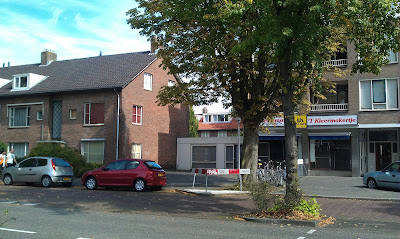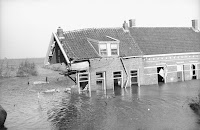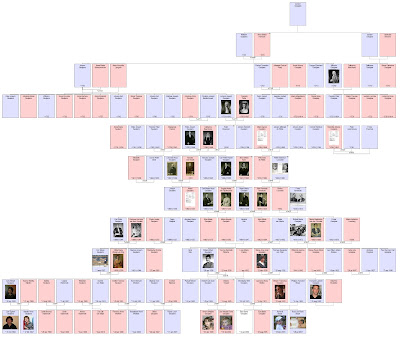 |
| 526 Huis te Landelaan, Rijswijk (ZH) |
 |
| 88 Pisuissestraat, Den Haag-Loosduinen |
 |
| 372 Rembrandtweg, Amstelveen |
Photo dates
Huis te Landelaan, Sep. 5, 2011
Pisuissestraat, Aug. 24, 2011
Rembrandtweg, Sep. 10, 2011
 |
| 526 Huis te Landelaan, Rijswijk (ZH) |
 |
| 88 Pisuissestraat, Den Haag-Loosduinen |
 |
| 372 Rembrandtweg, Amstelveen |
 |
| Houses damaged by the 1953 flood |
 |
| 133 Nieuw Bussumerweg, Huizen |
 |
| 46 Mimosastraat, Den Haag |
 |
| 10 Tramstraat, Den Haag-Loosduinen |
 |
| 124 Pisuissestraat, Den Haag-Loosduinen |
 |
| 661 Laan van Meerdervoort, The Hague |
 |
| 18 Mispelstraat, The Hague |
 |
| 6 Parkweg, Apeldoorn The Parkweg is currently named Prof. Röntgenstraat |
 |
| 18 Mispelstraat, The Hague |
 |
| 614 Goudreinetstraat, The Hague |
 Voor een Nederlandse samenvatting, zie na de Engelse tekst.
Voor een Nederlandse samenvatting, zie na de Engelse tekst. |
| 7 generations 145 degrees print |
 |
| 7 generations full circle print |
 |
| Decendants chart with thumbnails |